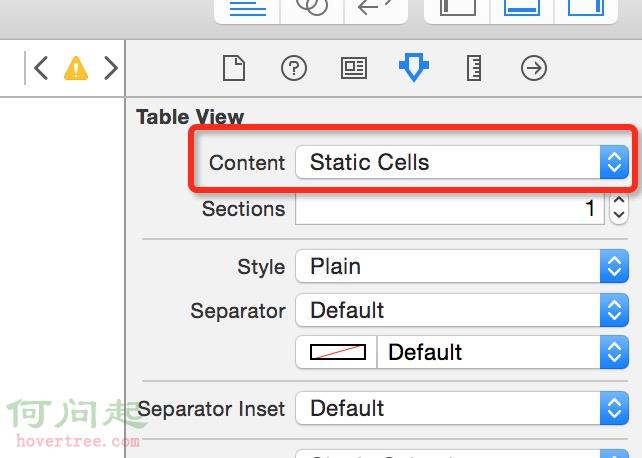iOS中通知傳值
編輯:IOS編程技術
NSNotification
通知中心傳值,可以跨越多個頁面傳值, 一般也是從後面的頁面傳給前面的頁面。 思路: 第三個界面的值傳給第一個界面。 1. 在第一個界面建立一個通知中心, 通過通知中心,注冊一個監聽事件 2. 在第一個界面中,設置接收到通知的事件。 3. 在第一個界面中的dealloc中, 將通知中心remove掉 4. 在第三個界面中, 建立一個通知中心, 通過通知中心, 發送通知(發送通知的過程就是傳值的過程,將要傳輸的值作為object的值傳給第一個界面 代碼片段: 第一界面: //通知中心是個單例 NSNotificationCenter *notiCenter = [NSNotificationCenter defaultCenter]; // 注冊一個監聽事件。第三個參數的事件名, 系統用這個參數來區別不同事件。 [notiCenter addObserver:self selector:@selector(receiveNotification:) name:@"cesuo" object:nil];// @selector(receiveNotification:)方法, 即受到通知之後的事件 - (void)receiveNotification:(NSNotification *)noti {
// NSNotification 有三個屬性,name, object, userInfo,其中最關鍵的object就是從第三個界面傳來的數據。name就是通知事件的名字, userInfo一般是事件的信息。 NSLog(@"%@ === %@ === %@", noti.object, noti.userInfo, noti.name);
} // 第一界面中dealloc中移除監聽的事件 - (void)dealloc
{
// 移除當前對象監聽的事件
[[NSNotificationCenter defaultCenter] removeObserver:self];
[super dealloc];
}
第二界面: // 創建一個通知中心 NSNotificationCenter *center = [NSNotificationCenter defaultCenter]; // 發送通知. 其中的Name填寫第一界面的Name, 系統知道是第一界面來相應通知, object就是要傳的值。 UserInfo是一個字典, 如果要用的話,提前定義一個字典, 可以通過這個來實現多個參數的傳值使用。 [center postNotificationName:@"cesuo" object:@"zhangheng" userInfo:dic];
相關文章
+



